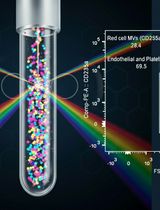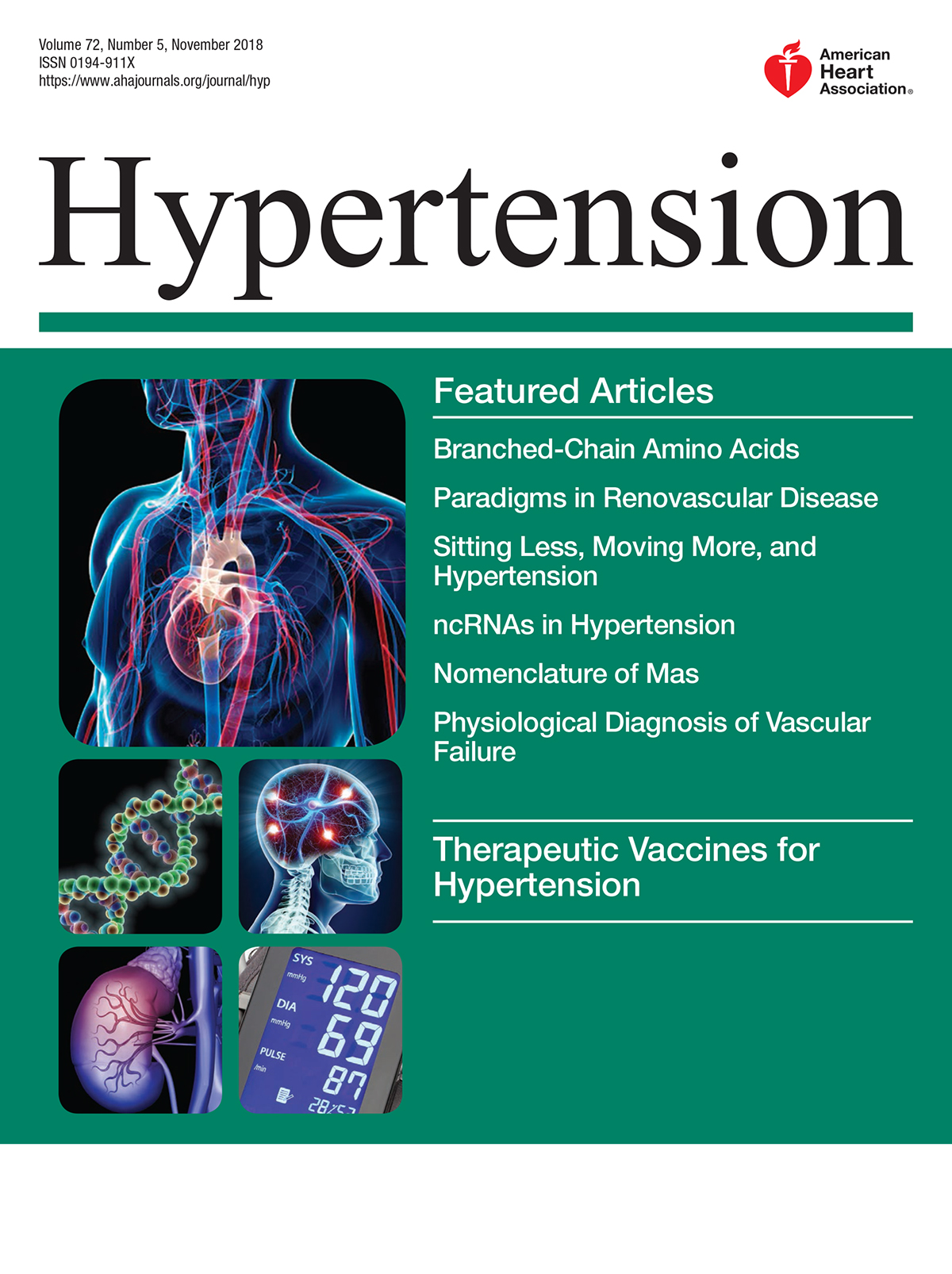- EN - English
- CN - 中文
Using Imaging Flow Cytometry to Characterize Extracellular Vesicles Isolated from Cell Culture Media, Plasma or Urine
使用成像流式细胞术表征从细胞培养基,血浆或尿液分离出的细胞外囊泡
发布: 2019年11月05日第9卷第21期 DOI: 10.21769/BioProtoc.3420 浏览次数: 4586
评审: Xiaoyi ZhengBegona DiazAnonymous reviewer(s)

相关实验方案

外周血中细胞外囊泡的分离与分析方法:红细胞、内皮细胞及血小板来源的细胞外囊泡
Bhawani Yasassri Alvitigala [...] Lallindra Viranjan Gooneratne
2025年11月05日 723 阅读
Abstract
The ability to non-invasively detect specific damage to the kidney has been limited. Identification of extracellular vesicles released by cells, especially when under duress, might allow for monitoring and identification of specific cell types within the kidney that are stressed. We have adapted a previously published traditional flow cytometry method for use with an imaging flow cytometer (Amnis FlowSight) for identifying EV released by specific cell types and excreted into the urine or blood using markers characteristic of particular cells in the kidney. Here we present a protocol utilizing the Amnis FlowSight Imaging Flow Cytometer to identify and quantify EV from the urine of patients with essential hypertension and renovascular disease. Notably, EV isolated from cell culture media and plasma can also be analyzed similarly.
Keywords: Exosomes (外来体)Background
Extracellular vehicles (EVs) are released from cells under normal conditions and their numbers are known to increase when the cells are exposed to stress conditions. Therefore, levels of urinary EVs have been shown to be associated with various kidney disorders such as polycystic kidney disease (Hogan et al., 2009), acute kidney injury (Aghajani Nargesi et al., 2017; Cappuccilli et al., 2018), and various glomerular diseases (Zhang et al., 2019).
We have previously shown that levels of EVs that are increased in patients with hypertension likely originate from podocytes (Kwon et al., 2017) and peritubular capillaries (PTC) (Sun et al., 2018; Zhang et al., 2019). We have also recently shown that urinary levels of EVs reflecting renal cellular senescence are altered in these patients (Santelli et al., 2019). We describe here a more detailed protocol that can be used for the isolation and quantitative characterization of EVs isolated from cell culture media, plasma, and urine (Kwon et al., 2017; Sun et al., 2018; Conley et al., 2019; Zhang et al., 2019). The primary advantages of this method of EV isolation are shorter processing time and obviating the requirement for an ultracentrifuge to isolate the EVs.
Materials and Reagents
- Opaque Black 1.5 ml microcentrifuge tubes (Midwest Scientific, catalog number: T7100BK)
- Avant clear, 1.5 ml microcentrifuge tubes (Midwest Scientific, catalog number: AVSS1700)
- dPBS (Life Technologies, catalog number: 14190-250)
- Albumin, bovine serum, fraction V (Sigma, catalog number: A3059)
- InvitrogenTM Total Exosome Isolation reagents
- From Urine (Thermo Fisher Scientific, Inc., catalog number: 4484452)
- From Cell culture media (Thermo Fisher Scientific, Inc., catalog number: 4478359)
- From Plasma (Thermo Fisher Scientific, Inc., catalog number: 4484450)
- From Serum (Thermo Fisher Scientific, Inc., catalog number: 4478360)
- Tag-It VioletTM proliferation and cell tracking dye (Biolegend, Inc., catalog number: 425101)
- PV1/PL-VAP, FITC, anti-human antibody (Lifespan Biosciences, catalog number: LS-C209607-100)
- CD31, Brilliant Violet 605, Anti-Human antibody (BioLegend, Inc., catalog number: 303122)
- CD144, PE, anti-human antibody (BioLegend, Inc., catalog number: 348506)
- Bleach, Clorox (Solution used in the FlowSight during operation)
- Isopropanol, HPLC grade (Honeywell, catalog number: AH323-4) (Solution used in the FlowSight during operation)
- Coulter Clenz® (BD Biosciences, catalog number: 8546929) (Solution used in the FlowSight during operation)
- Deionized H2O (Solution used in the FlowSight during operation)
- Molecular ProbesTM AbC Total Antibody compensation bead kit (Thermo Fisher Scientific, Inc., catalog number: A10497)
- Sucrose (Sigma, BioXtra, catalog number: S7903)
- MES: 2-(N-Morpholino) ethanesulfonic acid, 4-Morpholineethanesulfonic acid (Sigma, catalog number: M3671)
- DMSO
- EV Buffer (pH 7.4) (see Recipes)
- 5 mM Tag-It VioletTM (TIV) solution (see Recipes)
Equipment
- 1 ml pipettor
- FlowSight Imaging flow cytometer (Amnis, Inc.) equipped with:
- 488 nm Laser
- 405 nm Laser
- 642 nm laser
- 785 nm laser (SSC)
- Quantitative imaging
- 96 well plate autosampler
- Refrigerated Microcentrifuge (Eppendorf, Model 5415R, 48 x 2 ml rotor)
- MultiTherm incubated vortexer (Midwest Scientific, catalog number: MTHC-1500)
- Barnstead deionized water system (Model)
- -80 °C freezer
- -20 °C freezer
- 4 °C refrigerator
Software
- Amnis® IDEAS version 6.2 (Luminex Inc., https://www.luminexcorp.com/imaging-flow-cytometry/), data analysis software
- Amnis® INSPIRE Version 6, data acquisition software
- Excel (Microsoft)
- JMP version 10.0 (SAS Institute)
Procedure
文章信息
版权信息
© 2019 The Authors; exclusive licensee Bio-protocol LLC.
如何引用
Woollard, J. R., Puranik, A., Jordan, K. L. and Lerman, L. O. (2019). Using Imaging Flow Cytometry to Characterize Extracellular Vesicles Isolated from Cell Culture Media, Plasma or Urine. Bio-protocol 9(21): e3420. DOI: 10.21769/BioProtoc.3420.
分类
分子生物学 > 蛋白质 > 流式细胞术
细胞生物学 > 基于细胞的分析方法 > 流式细胞术
您对这篇实验方法有问题吗?
在此处发布您的问题,我们将邀请本文作者来回答。同时,我们会将您的问题发布到Bio-protocol Exchange,以便寻求社区成员的帮助。
提问指南
+ 问题描述
写下详细的问题描述,包括所有有助于他人回答您问题的信息(例如实验过程、条件和相关图像等)。
Share
Bluesky
X
Copy link










